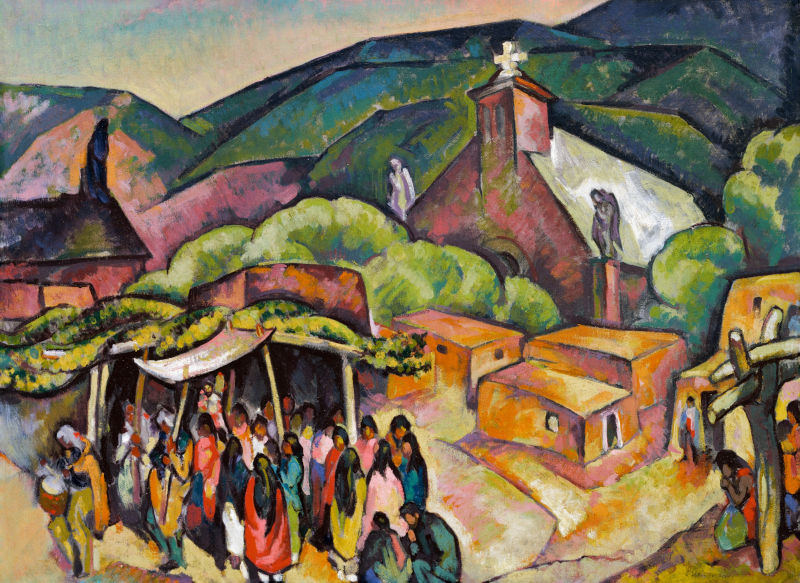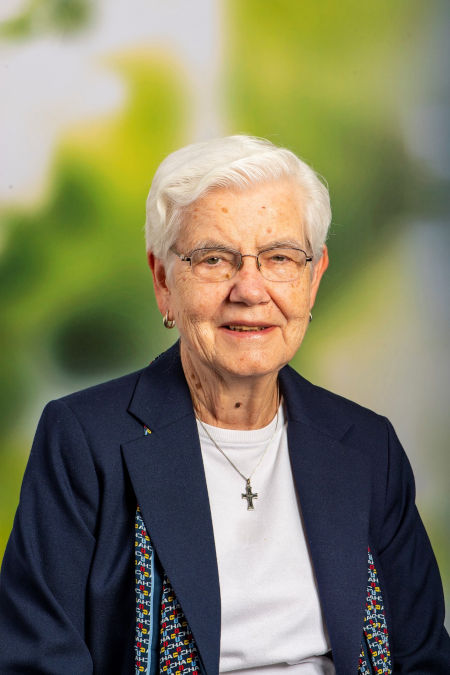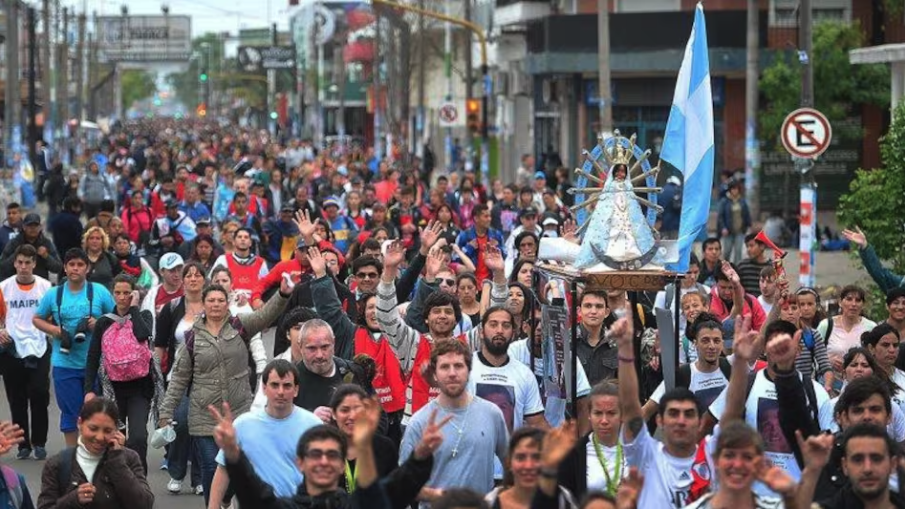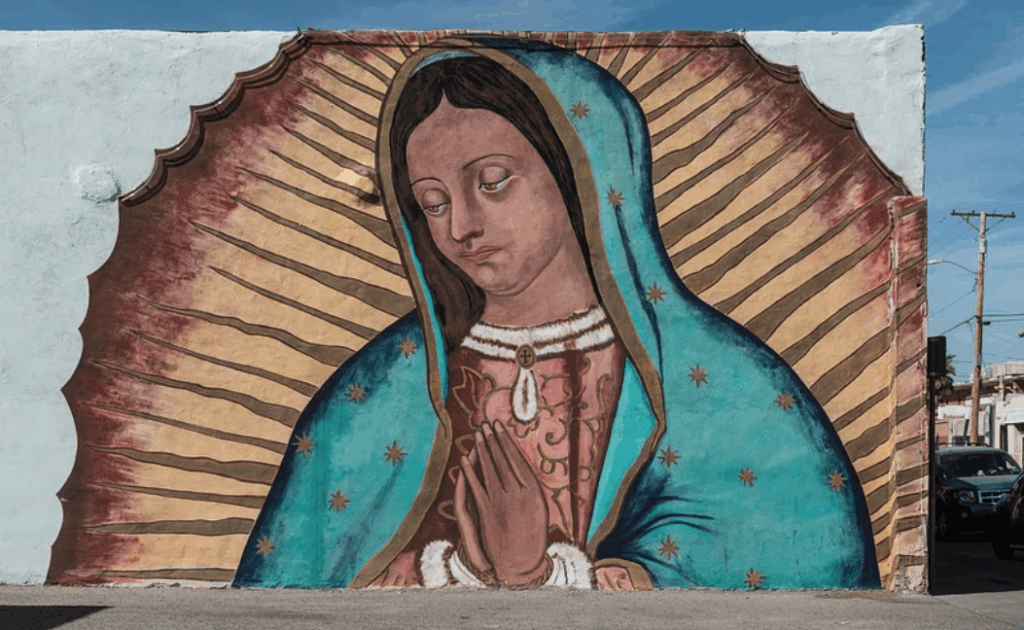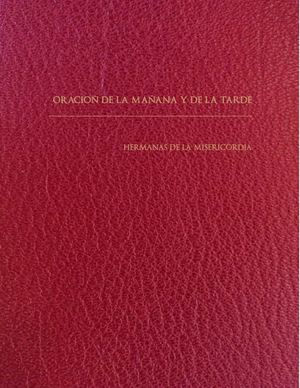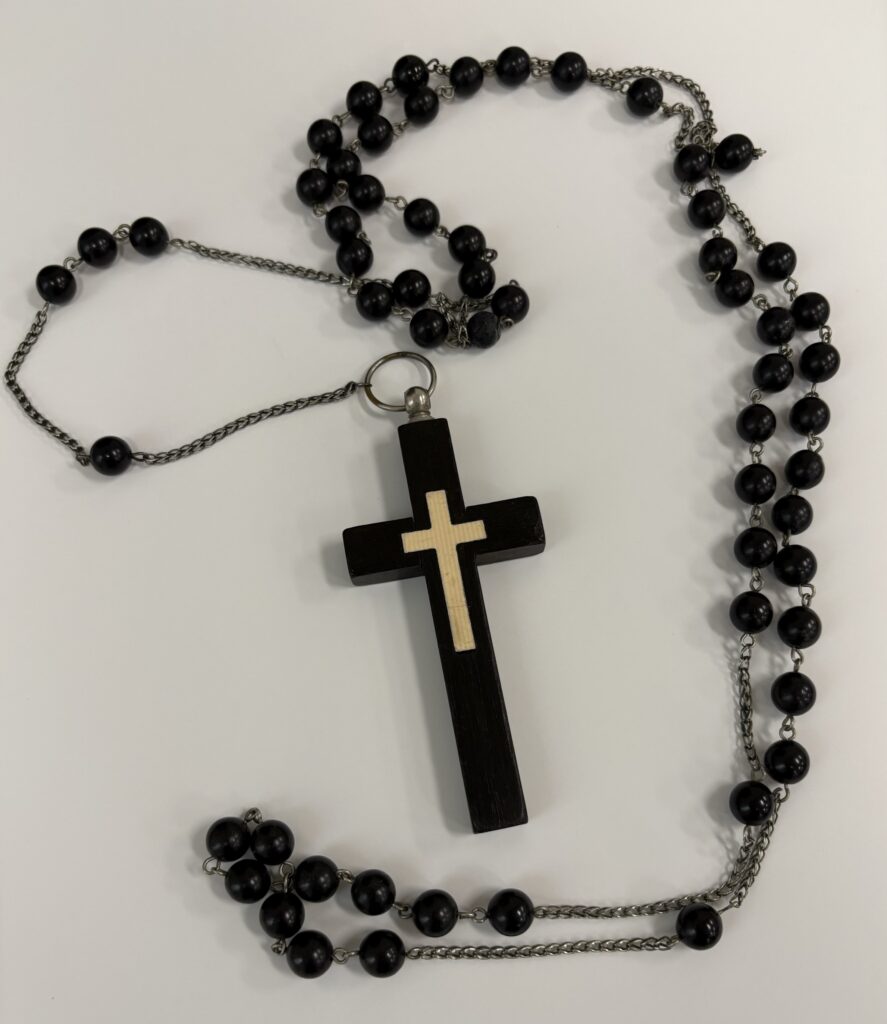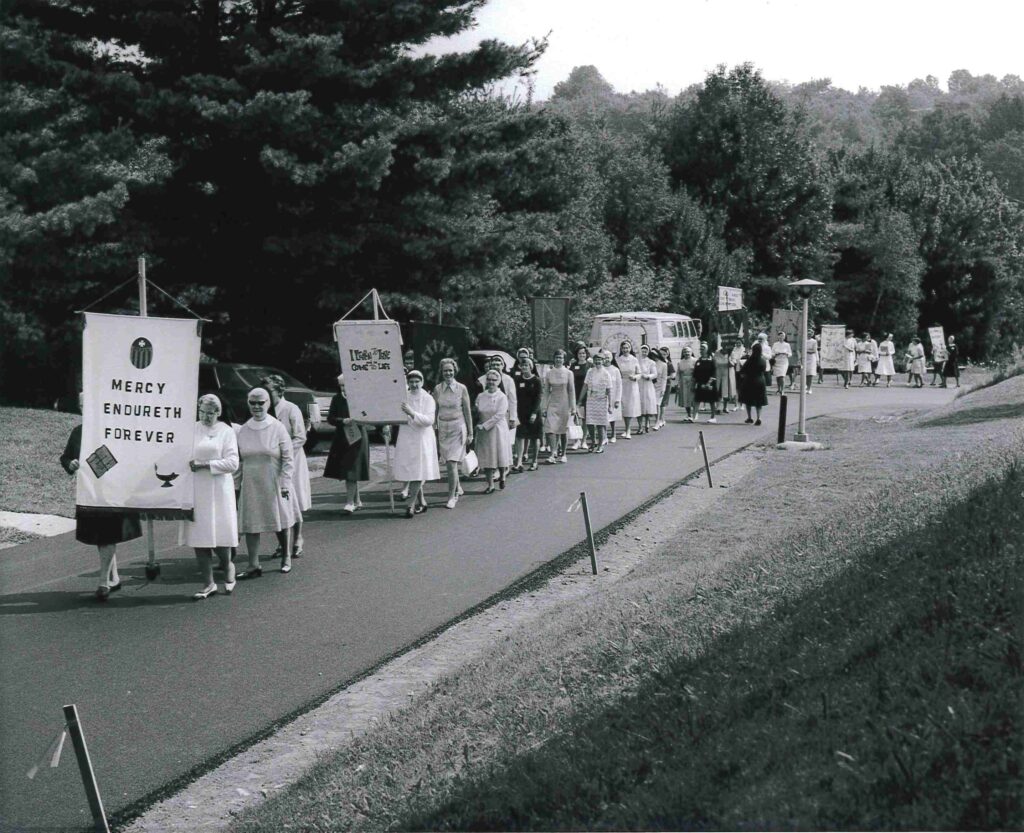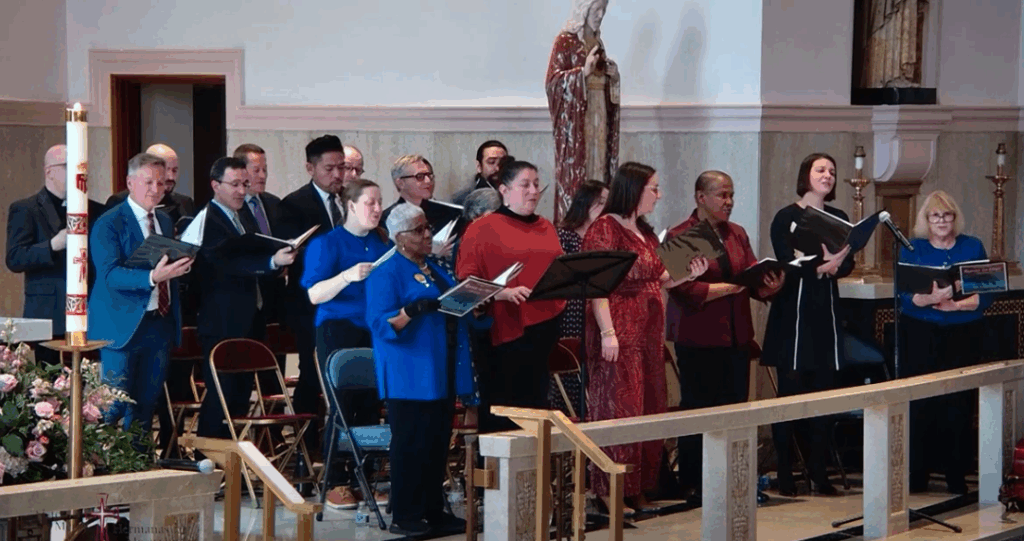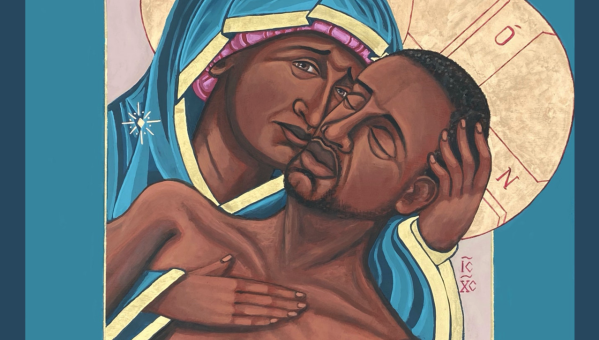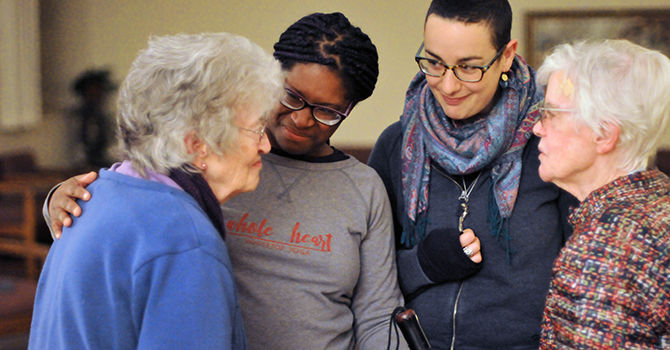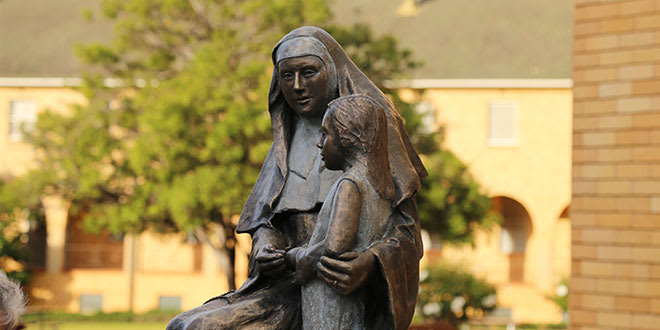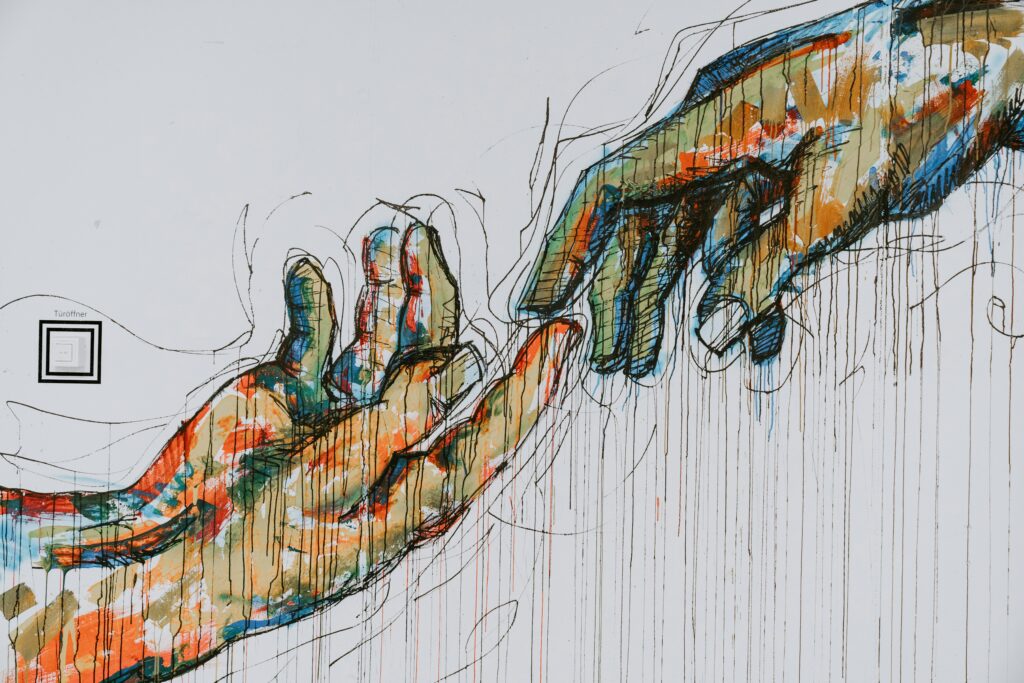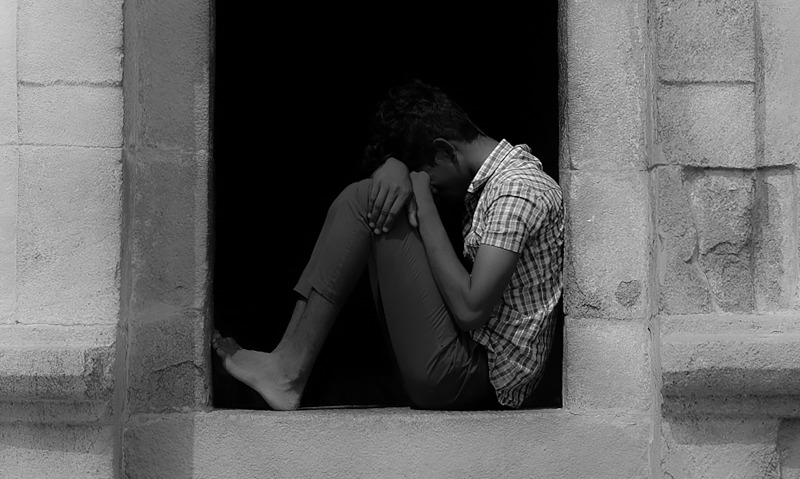The current Synod on Synodality is providing us with an unprecedented example of the sensus fidelium, i.e., the Spirit-guided intuition of the faithful. As we have been taught, Church teaching develops in response to the promptings of the Spirit in the hearts and minds of the faithful.[1] In the past this was a process that evolved over long periods of time, even centuries. This synod, including the preparatory stages, is scheduled to take three years.
Discerning the Spirit’s work is not a scientific process. If it were, Church leaders would have hired prestigious polling organizations that would have sent a questionnaire to every Church member, gathered the results, and published the results in quantitative style using graphs and charts. Answers would have been analyzed by age, ethnicity, educational background, and any other factor deemed relevant. Instead, the synod process has involved consultations at the diocesan, country, and continental levels, leading up to the publication of the Instrumentum Laboris, or working document, for the October 2023 session of the synod.[2]
Individuals may complain that they were not personally consulted. Some dioceses did a much better job than others in organizing local consultations. Personally, my experience in Cincinnati was very positive. I attended a regional consultation open to anyone and very well attended. It was skillfully facilitated, and I believe most of us left the meeting feeling that we had had an opportunity to voice our concerns and insights and that they would be included in the summary. Of course, wrapping all of these summaries into a diocesan summary had to be a significant challenge. And then doing the same at the national and continental levels involved additional layers of integration.
No doubt some nations and continents did a better job of organizing the effort and summarizing the results than did others. Factors such as distance, poverty of resources, and multiplicity of languages would have made the task more difficult. However, it is safe to say that no organization in human history has ever attempted such a widespread consultation!
Furthermore, the consultation continues. The Instrumentum Laboris included questions for further reflection, especially for those who will be participating in the synod in person. Reading this document is simultaneously an intellectual exercise in ecclesiology and a deeply spiritual experience. Having it in hand is tangible evidence of the value of the synodal process. Since its publication in June there have been numerous articles engaging the key ideas. Personally, reading it from the standpoint of a Sister of Mercy raised several insights and questions for me.
Mercy Chapter-2023 a Synod-Like Experience
First of all, I reflected that our recent Institute chapter was a quasi-synodal experience. It involved inviting reflection and gathering insights from all of our members. The conversation circles which met several times prior to chapter were invited to submit the results of their discussions. The Institute-wide summation might be likened to the Instrumentum Laboris. A difference between our chapter and the synod is that the latter is not charged with legislating (or choosing the next pope!).
Like the synod, our chapter used a discerning mode. Careful listening to one another, respectful dialogue, and praying for the Spirit’s guidance describe the process. Further, our chapter encompassed the insights and words of numerous countries and several languages. While we don’t rival the complexity of a worldwide process, we do make an effort to respectfully integrate the input from thirteen countries and their respective cultures.
In describing the situations experienced by the Church in the various regions of the world, we find many echoes of our Mercy Critical Concerns.
- A reference to climate change reminds us of our commitment to care for the earth. (IL 4)
- An appreciation of the rich diversity within the Church is an implicit criticism of racism. (IL 5)
- The plight of migrants, refugees, and the homeless is referred to a number of times.
Finally, three priority issues for a synodal Church were identified: communion, mission, and participation. By analogy, each of them is a priority issue for our Institute. Before elaborating on the relationship to Mercy, let me explain how they are developed in the worksheets which follow the Instrumentum Laboris. Each priority is treated in five worksheets, and each of the fifteen worksheets includes a question for discernment and suggestions for prayer and preparatory reflection. There is more than enough here for a thirty-day retreat!
Communion
The first priority is “A Communion that radiates. How can we be more fully a sign and instrument of union with God and of the unity of all humanity?” The Instrumentum Laboris asserts that “communion is not a sociological coming together as members of an identity group” or a “strategy for organizing the Church, but is above all a gift of the Triune God, and at the same time a task.” (IL 46 & 49) The first question for reflection in the associated worksheets is, “How does the service of charity and commitment to justice and care for our common home nourish communion in a synodal Church?” There is much more in the pages that follow dealing with communion. However, my reflection took me to the pages of our Constitutions on union and charity and on our community life, #18-19. We might ask ourselves, “how does our life together radiate God’s love? How does it serve as a sign and instrument of our union with God?”
Mission
The second priority is “Co-responsibility in Mission. How can we better share gifts and tasks in the service of the Gospel?” The Instrumentum Laboris emphasizes how this priority is integrally linked to the previous one: “Mission is not the marketing of a religious product, but the construction of a community in which relationships are a manifestation of God’s love and therefore whose very life becomes a proclamation.” (IL 52) To what extent is our very life as Sisters of Mercy a proclamation? Further, the challenge to “better share gifts and tasks in the service of the Gospel” might prompt a reflection on how to better share the spiritual, mental, physical, and financial gifts entrusted to our Institute.
One of the questions on a worksheet corresponding to this priority is “How does the Church of our time better fulfill its mission through greater recognition and promotion of the baptismal dignity of women?” The explanation notes that “the Continental Assemblies were unanimous in calling attention to the experience, status and role of women, notwithstanding the different perspectives present within each continent.” The question for discernment is the following: “What concrete steps can the Church take to renew and reform its procedures, institutional arrangements and structures to enable greater recognition and participation of women, including in governance, decision-making processes and in the taking of decisions, in a spirit of communion and with a view to mission?” It would be hard to find a better challenge corresponding to our Mercy Critical Concern for women.
Participation
The third priority is “Participation, governance, and authority. What processes, structures and institutions are needed in a missionary synodal Church?” Citing Pope Francis’ remarks at the beginning of the synodal journey, the Instrumentum Laboris notes, “The words ‘communion’ and ‘mission’ can risk remaining somewhat abstract, unless we cultivate an ecclesial praxis that expresses the concreteness of synodality at every step of our journey and activity, encouraging real involvement on the part of each and all.” (IL 3) Here I think the Sisters of Mercy correspond most closely to the synodal ideal. Every effort is made to invite and ensure participation by all the members. A beautiful thought in the Instrumentum Laboris is the following: “Participation is essentially an expression of creativity, a way of nurturing the relationships of hospitality, welcome and human well-being that lie at the heart of mission and communion.” (IL 56) The explanation of this priority focuses on the need to respect and incorporate different cultures and to prepare participants (in our case our members) with appropriate formation.
This is a very brief and necessarily superficial look at how the emerging priorities of the synod resonate with our Mercy vocation. Doubtlessly as the first synod gathering draws near, and more and more articles are published about it, other connections will strike us. In any case, let us unite our prayers for the Spirit’s blessings on this unprecedented Church gathering. May the Spirit guide the sensus fidelium in the ongoing challenge of developing the Church’s teachings in fidelity to the Gospel and in light of the needs of the day. Similarly, let us pray for the Spirit’s ongoing guidance in our understanding of and commitment to our Mercy vocation.
[1] Dei Verbum, §8, Second Vatican Council.
[2] The text of the Instrumentum Laboris can be found at https://www.vatican.va under the section on synods. References to the text will use the paragraph number, e.g., “IL 1.”
image: “Feast Day: San Juan Pueblo” by William Penhallow Henderson circa 1921


